Dean grew up in the working-class suburb of Palmyra close to the port and beaches of Fremantle, Western Australia. As a kid, he, his two brothers, and sister swam competitively in the Fremantle Swimming club. He claims to have spent more time at the beach than at school.
At 16 Dean joined the merchant navy (which he refers to as the family business) and sailed out of Fremantle on his first ship, the MV Boogalla. The main focus at sea, he jokes, is to stay out of the water. He effectively didn't swim seriously for the next 37 years.
Dean is a former elected official of the Seamen's Union of Australia later to become the Maritime Union of Australia, MUA. In 2000 Dean became the Australian National Coordinator of the International Transport Workers Federation and moved to Sydney. The ITF represents and defends the world's 1.3 million seafarers.
In 2013 Dean joined Vlad, a Sydney coach with a dedicated following of long-distance swimmers, and began his journey in the demanding international sport of open water marathon swimming. Vlad now boasts the largest stable of Australian long-distance and channel swimmers.
After two years of training alongside some of the best long-distance swimmers in Australia, Dean swam the English Channel. In the next 12 months, he went on to claim the Catalina Channel and to circumnavigate Manhattan Island in New York. This is known as the Triple Crown of Open Water Swimming. Dean became the 137th person to achieve it.
Dean is an accomplished Oceans Seven swimmer, a near-impossible series of seven international swims which test the bravery, strength, determination, and resilience of anyone who comes close to it. Dean has six of the seven – English, Catalina, North, and Moloka’i Channel, the Strait of Gibraltar as well as the Cook Strait. The remaining one, the Tsugaru Strait, has been removed from the international swim calendar.
After his Newcastle to Sydney swim, he now holds the record for the longest Australian ocean swim of 95.6km.
Dean resigned from all work commitments early in 2021 and continues to train and mentor others in the sport of long-distance ocean swimming.
“The ocean is an endless source of energy, which I feel I can tap into under any conditions. It’s the ultimate element.”
FAqs
Q: Why swim such long distances?
A: The desire has to come from inside each swimmer and for me it’s a manifestation of the spirit of pioneers, to continue to push every boundary and achieve enormous goals.
Q: What do you eat?
A: I have a regime of 45 grams of carbohydrates with water every 45 minutes. It shouldn’t take any longer than 45 seconds to feed so mine is a 45/45/45 feed cycle.
Q: What do you wear?
A: Official channel swim rules dictate that a swim costume must be made of material not offering thermal protection and have no sleeves or legs. For men its speedos (Budgie Smugglers) and racing bathers for women. A single swim cap and goggles are the only other things you can wear. Strictly no wetsuits or anything which will aid the swimmer.
Q: What about sharks?
A: Sharks live in the ocean and long distance channel swimming can only be done in their ocean. If you have an irrational fear of sharks then perhaps tennis is the sport for you.
Q: What do you think about?
A: I like to listen to my breathing, which sometimes takes me into a meditative state where time is elastic and unpredictable. This is the best way I know to cover so many hours deprived of my other senses.
Q: What is the Oceans Seven?
A: It's seven big channel swims including: North Channel, Cook Strait, Molokai Channel, the English Channel, Catalina Channel, Tsugaru Strait (now removed from the international swim calendar) and the Strait of Gibraltar.
Q: What is the ‘The 60-miler’?
A: The 60-Miler” swim is from Newcastle to Sydney on the eastern coast of Australia. I named it ‘the 60-miler’ is in recognition of the Australian merchant fleet that ran between Newcastle to Sydney providing coal for the power stations over the last 100 years. These ships ran from inside of Newcastle Harbour to the inside of Sydney Harbour carrying coal over 60 nautical miles.

